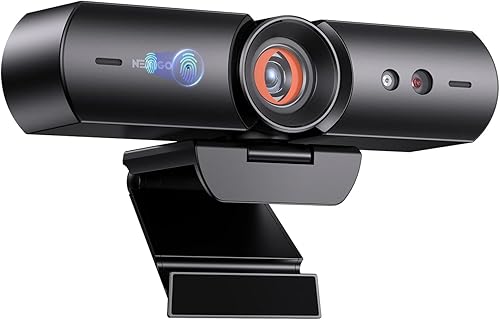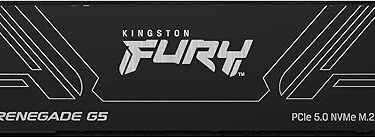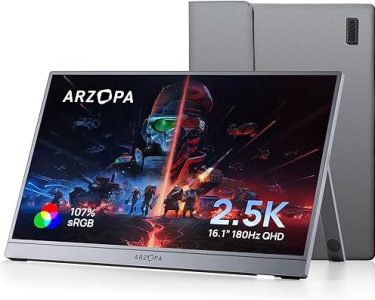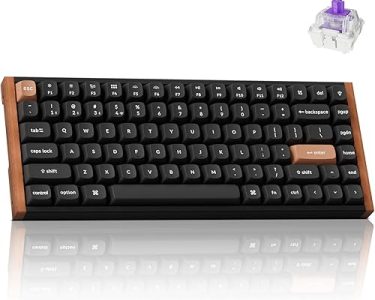Consumers appear to enjoy NexiGo’s HelloCam, a good 1080p webcam that supports Windows Hello. I’m not as impressed because in certain cases, some of the most notable features caused issues.
There are two NexiGo HelloCams available online: the HelloCam Pro and the regular HelloCam, which is reviewed here. At the time of publication, the Pro costs roughly $85 and has 60Hz frame rates along with a few other minor enhancements. (I enjoy the smooth streaming that a 60Hz camera offers, but you may decide not to pay the additional money.)
The HelloCam, as its name implies, is compatible with Windows Hello. It is one of a select few cameras that can “recognize” you and log you in to your computer by using a depth camera to identify your characteristics and biometric identification. Additionally, the HelloCam functions as a standard webcam, which you can use to replace the one on your laptop or to enable video conversations with friends and coworkers for desktop PC owners.
Features and Design
The webcam from NexigGo came in a tiny brown box with just the webcam, cable, and instruction manual. The camera itself may clip onto your laptop, or else you can place it on a tripod using the little screw hole. A cable that is more than a yard long and has plenty of space is then used to connect the webcam to your PC.
NexiGo connects to your PC via an older USB-A connector on one end and hooks into the webcam on the other using a USB-C connector. I had no trouble getting the webcam to work on my PC and a couple of laptops. With a small bottom jaw stabilizing the bottom and a top jaw (with an overhanging lip) hooking over the front of your monitor, NexiGo’s HelloCam employs the same “jaws” technique as many others.
A separate bottom lip that can be folded back is another feature of some webcams, such as this one, that gives it a smooth surface to keep it steady. Although it’s a minor detail, it demonstrates how the manufacturer goes above and beyond and gives you some assurance that a careless adjustment won’t cause the webcam to malfunction. Still, the majority of webcams that are affixed to laptop screens are very unstable.
The Hellocam from NexiGo is plug-and-play, so all you have to do is connect it and start using it. Nevertheless, NexiGo offers extra utility software that can be downloaded and set up to change the camera’s brightness and other settings. Windows already manages the majority of settings. Others, like as sharpness and backlight compensation, aren’t.
Though NexiGo states this, downloading the utility software asks for permission to provide cookies to over 50 different services, which you can deny. The webcam has a one-year warranty by default, but you can extend it to two years for free by scanning the HTML glyph on the box and registering your product within a few days.
Since the basic HelloCam is a fixed-focus, 1080p camera, you’ll likely see focus tweaks in the software that you can’t access because NexiGo utilizes the same software for all of its webcams.
Performance
The HelloCam’s automatic lens shutter, a physical shutter that opens and closes behind the lens glass, is its most clever trick. The inability to manually reveal the webcam’s lens with a finger or switch is a little unsettling, but the camera shutter simply pops open automatically when you open Zoom, Google Meet, or even the Windows Camera program. The shutter closes with a sound as soon as you close the application. It’s kind of cool.
By tapping the tiny NexiGo label to the left of the lens, you can manually open and close the shutter (but only in a video app). Additionally, a little LED illuminates to indicate that the webcam is active.
Cool, certainly, but sometimes a bit of an issue too. The webcam seems to have some difficulty waking up with the laptop, as well as when it is tethered to a dock. The HelloCam never stopped working as long as the laptop was operational and I locked the screen. Otherwise, I occasionally had to manually use a PIN. I tested another Windows Hello webcam on both the same laptop and a different device, and it never experienced the same problems. I believe that NexiGo has been very careful to only use the webcam when necessary, which can occasionally be problematic.
The HelloCam performs surprisingly well as a webcam. The image appears striking even in the dim lighting of my gloomy office. (The color may be a little off, though, because my shirt is more lime green than olive.) It also doesn’t look too horrible below, in more natural light, upstairs.
Additionally, my test laptop is devoid of an NPU; although the Windows Studio Effects settings (noise filtering, background blur, and other features) appeared when I launched the Windows Camera software, none of them functioned. However, these features typically utilize the CPU and are integrated into Zoom, Meet, and Teams.
Very little noise filtering is present. I usually test this by using Windows’ Sound Recorder app to play music or white noise while I speak into the webcam microphone. With the HelloCam, the background noise was fairly noticeable. This bothers me since noise filtering can eliminate unanticipated background sounds (such as vacuuming, a baby crying, or kids playing) that might make working from home sound unprofessional.
Concluction
Although NexiGo’s HelloCam produced unexpectedly decent photos, it was limited by two issues: inconsistent performance when coming up from sleep and low audio quality. (Alternatively, you could use the microphone on your laptop and get away with it.)
For months, NexiGo’s HelloCam Pro has been a popular choice on our list of the top Windows Hello cameras, and I can see why consumers have been happy with their purchases. Even though the NexiGo HelloCam has some advantages, I would still suggest the Pro and a few of our other suggested Windows Hello webcams.





